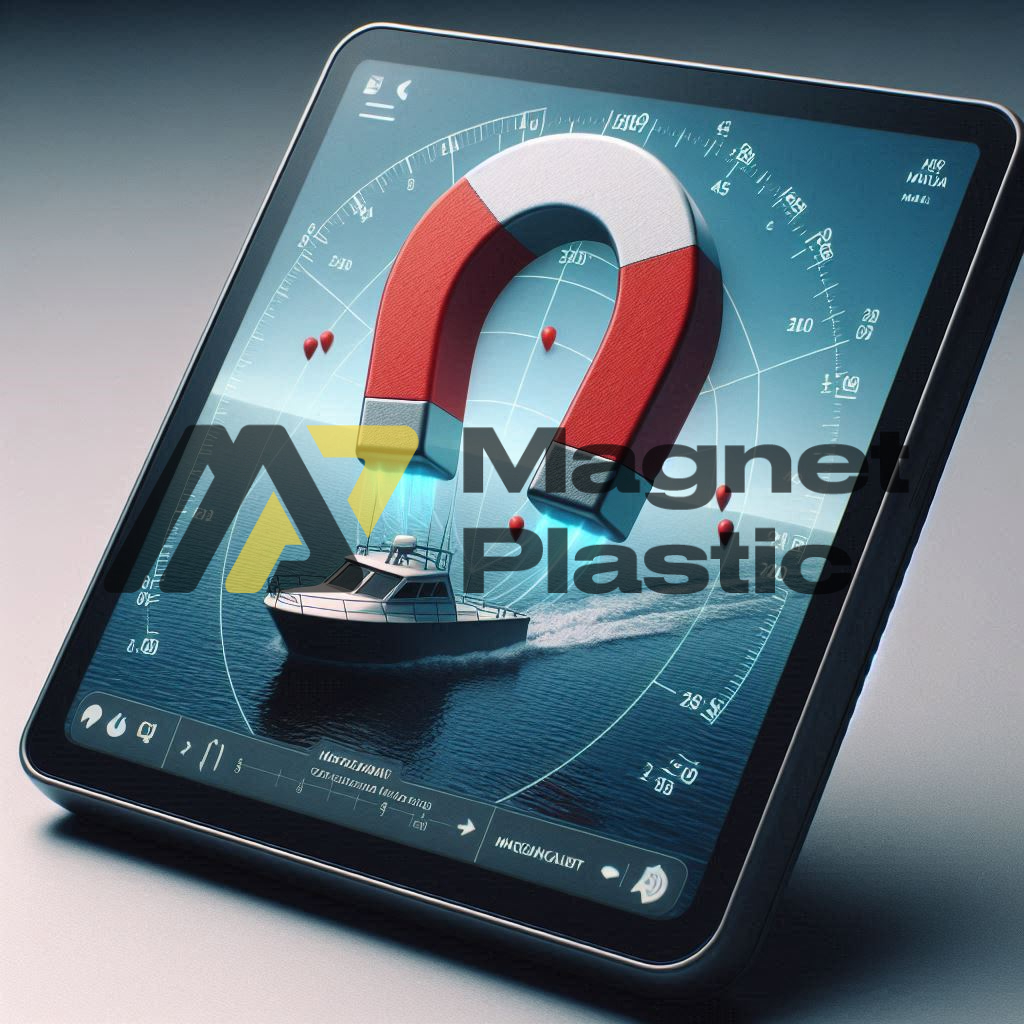Geomagnetism and Its Influence on Navigation
Navigation has been a crucial discipline for humanity, and geomagnetism has played a central role in its development. From ancient times to the modern era, understanding the Earth’s magnetic field has enabled navigators to find their way accurately and has driven the advancement of sophisticated navigation technologies. This article discusses how geomagnetism and its influence on navigation have been essential throughout history and remain relevant today.
The Origin of Geomagnetism in Navigation
Geomagnetism and its influence on navigation have deep roots dating back to the 11th century when the Chinese invented the compass. This innovative device, using a magnetized needle to point to magnetic north, transformed navigation by allowing sailors to orient themselves without relying on the stars. During the Age of Discovery, explorers like Christopher Columbus and Vasco da Gama utilized this technology to explore and trade across vast oceans, changing the course of history.
Scientific Evolution of Geomagnetism
The Earth’s magnetic field, generated by the movement of molten iron in its outer core, extends from the Earth’s core into space, providing a protective barrier against solar and cosmic radiation. This magnetic field is not static; the magnetic poles shift due to variations in the Earth’s core, a phenomenon known as polar drift. Constant monitoring of these variations is vital for accurate navigation.
In the modern era, geomagnetism has transcended the use of the compass. Global Positioning Systems (GPS), while not directly dependent on the magnetic field, use geomagnetic data to enhance accuracy in certain circumstances. Additionally, detailed magnetic maps, which show anomalies in the Earth’s magnetic field, are crucial for precise navigation of submarines and aircraft, especially in polar regions where GPS can be less reliable.
Technological Innovations Based on Geomagnetism
The technological applications of geomagnetism in navigation are vast. Inertial navigation systems, crucial for aircraft and missiles, use magnetic sensors to correct cumulative errors and improve accuracy. In space exploration, probes and satellites rely on the Earth’s magnetic field for orientation and stabilization.
Modern portable devices, such as smartphones, are equipped with magnetometers that enable navigation and orientation applications. These sensors detect the direction of the Earth’s magnetic field, providing users with an accurate digital compass that facilitates navigation in both urban and outdoor environments.
Future of Geomagnetism in Navigation
The future of geomagnetism and its influence on navigation is full of promise. Ongoing research into the dynamics of the Earth’s core and improvements in magnetic sensors point to greater accuracy and reliability in navigation systems. Additionally, space exploration could greatly benefit from geomagnetic studies, helping future missions orient and explore new worlds with greater precision.
Conclusion
Geomagnetism and its influence on navigation have been, and continue to be, fundamental to exploration and technological development. From the first compasses used by ancient explorers to modern advanced navigation technologies, understanding the Earth’s magnetic field has enabled humanity to explore the world and beyond with accuracy and efficiency. With the continuous advancement of technology, geomagnetism will continue to play a crucial role in navigation, both on our planet and in outer space.
